WHAT ARE WE ORDERING TONIGHT?
10 Foreign Foods That America Embraced

There are many ways of exploring the world and food is a great way to do it. While it would be great to experience each dish in its place of origin, these days it is possible to take a culinary trip around the world without ever leaving your home town.
America is a nation of immigrants and, as such, it has embraced many different types of food from all over the globe. Some of these dishes have proven to be quite popular and widespread, while others have remained within their own communities. Which of these have you tried?
Image: Önder Örtel

Pizza (Italy)
Let us get the obvious out of the way first. Pizza and America were a love at first bite. This delicious food was brought to America by Italian immigrants in the late 19th century. In 1905, Gennaro Lombardi applied to the New York City government for the first license to make and sell pizza in this country, at his grocery store on Spring Street in what was then a thriving Italian-American neighborhood.
These days, from New York to Chicago to California, Americans consume more than three billion pizzas a year.
Image: Kelvin T
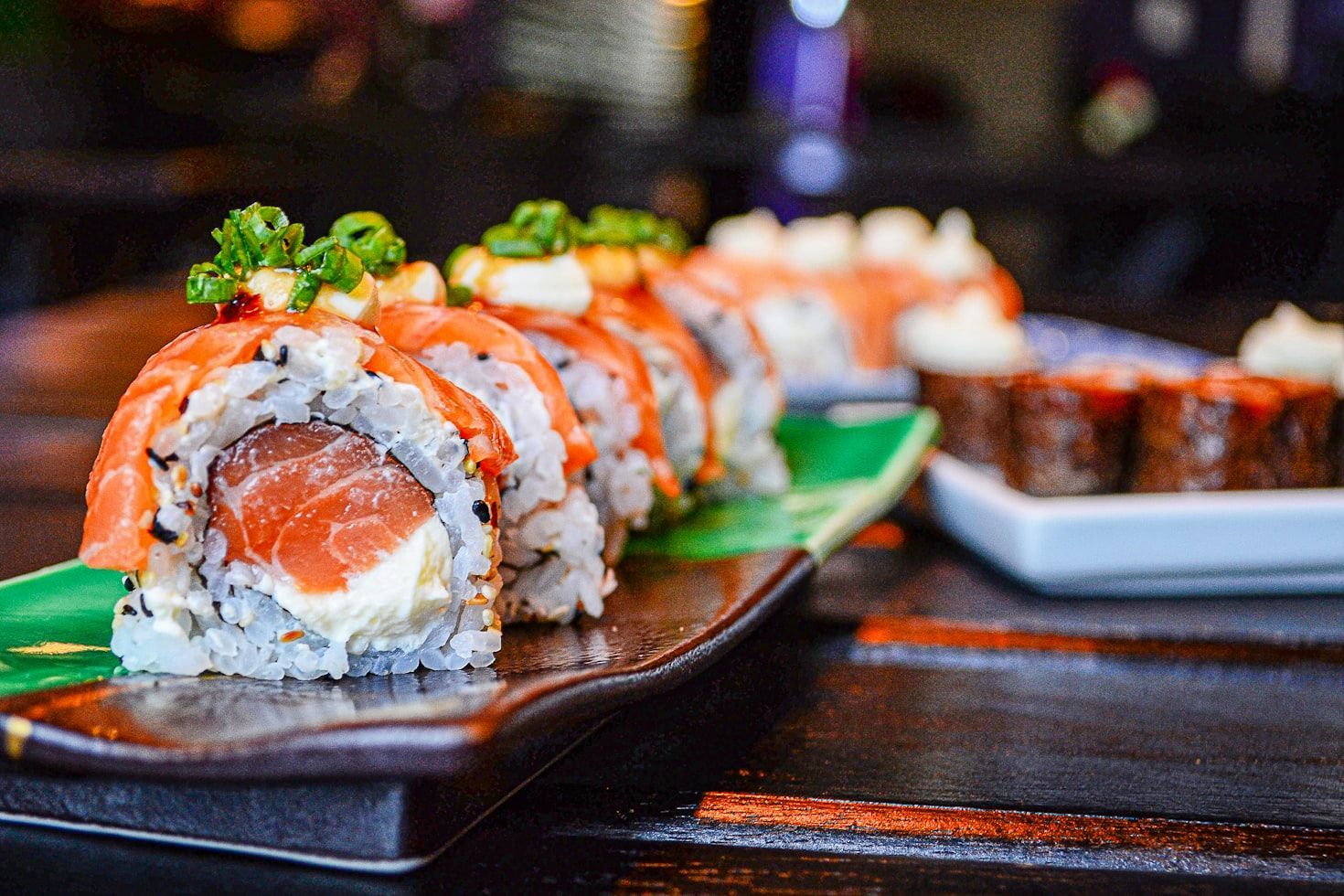
Sushi (Japan)
A Japanese dish that has been a hit for a couple of decades now is, of course, sushi . This elaborate meal arrived in the U.S. somewhere between the 1950s and 1960s, and it was popularized with the opening of Kawafuku Restaurant in Los Angeles’ Little Tokyo.
Sushi restaurants began to open outside the confines of Little Tokyo, and the cuisine gained popularity, especially with Hollywood celebrities. Cosmopolitan cities like New York and Chicago soon followed suit with sushi restaurants of their own, and by the late 1980s, sushi was a full-on craze.
Image: Vinicius Benedit
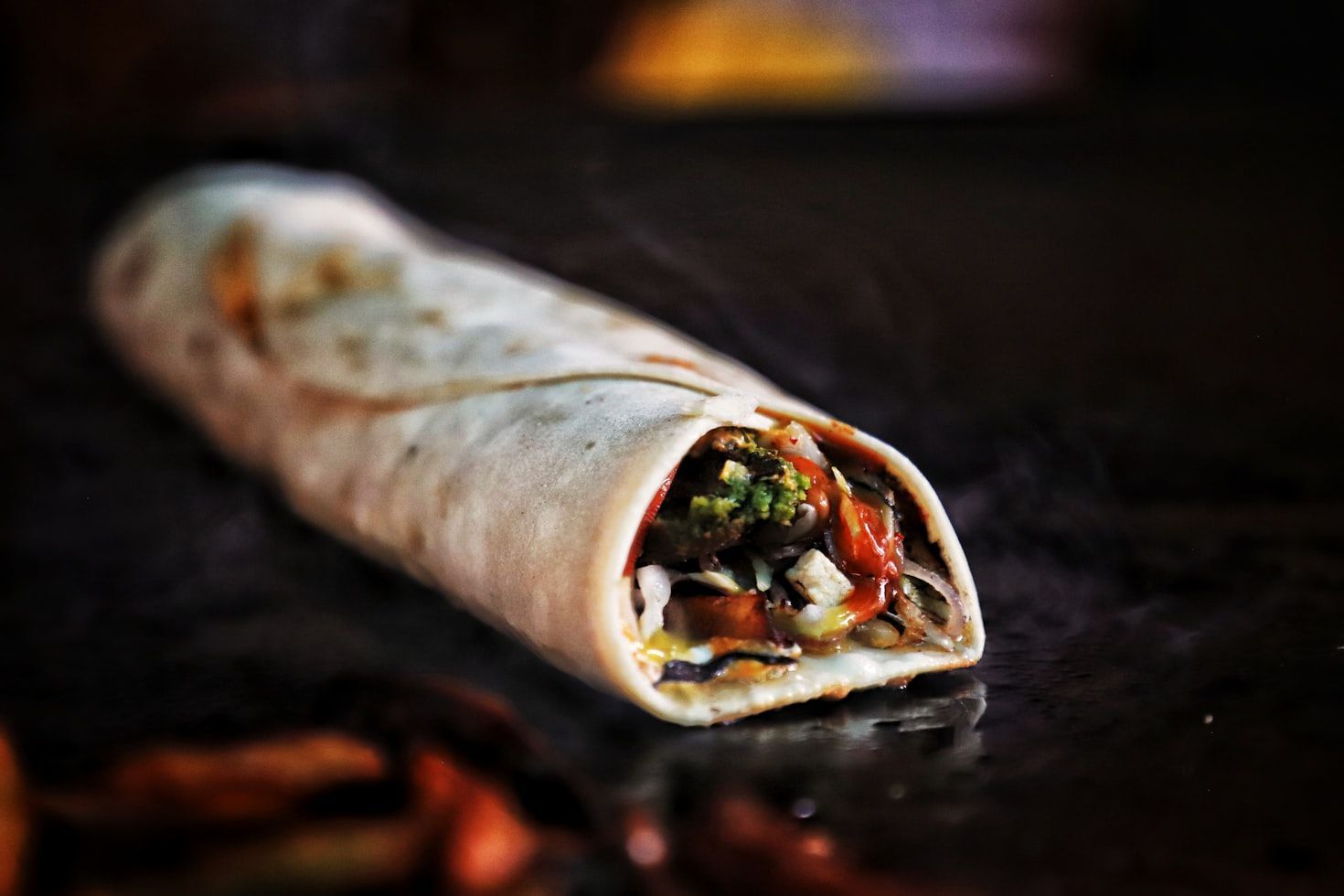
Burritos (Mexico)
Being a traditional dish from a neighboring country, it is no wonder that burritos are such a popular food in the United States. These Mexican delicacies first appeared on American restaurant menus at the El Cholo Spanish Cafe in Los Angeles during the 1930s.
North of the border, the burrito evolved to include a wider variety of fillings, such as rice, cheese, sour cream, and salsa, and it became a popular and customizable fast-food item.
Image: Kashish Lamba
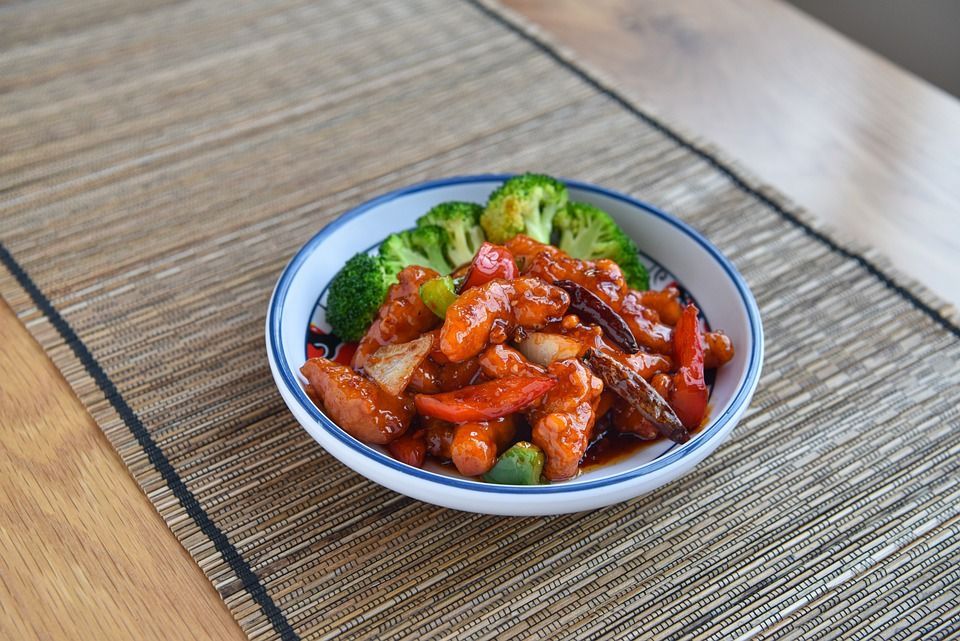
General Tso’s Chicken (China)
As ubiquitous as Chinese food is in America, General Tso’s Chicken is an ubiquitous item in its menus. The dish as most Americans know it today was invented by Peng Chang-kuei, a chef from the Hunan province.
During the 1950s, Taiwan became a haven for classical Chinese cuisine. Peng opened a restaurant in the capital of Taipei and for years served food inspired by traditional Hunanese cooking, including the now-famous General Tso’s Chicken.
Image: Sunday 133

Gyros (Greece)
A beloved street food, Greek gyros have always been popular in the Mediterranean countries but gained popularity in the United States in the early 20th century when Greek immigrants began emigrating to the U.S. shortly after World War II.
A traditional Greek gyro is a dish made from thinly sliced meat baked on a vertical spit and served with a tangy sauce called tzatziki. It is most commonly made with lamb, but beef and pork are also available. In Greece, gyros are a popular meal choice.
Image: irws
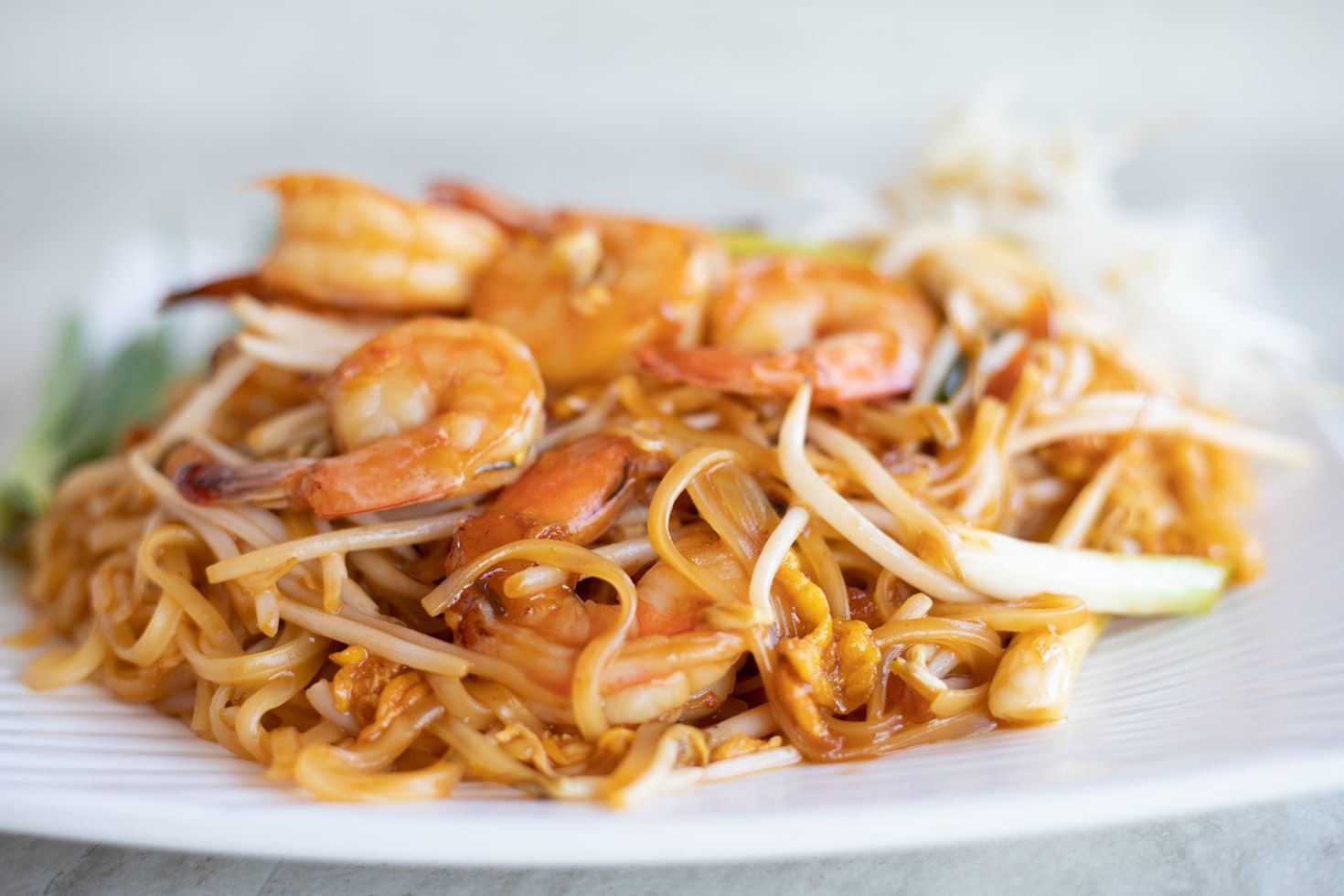
Pad Thai (Thailand)
Pad Thai was born in Thailand during the time of World War II. The Prime Minister made this popular dish at the time because he was concerned about the country’s high rice consumption. So, to lower rice consumption, he encouraged citizens to eat more noodles—which Chinese merchants were selling at the time. The combination of Chinese rice noodles and native Thai flavors used for this dish eventually paved the way to creating what we call Pad Thai these days.
However, the delicious Pad Thai you might be familiar with from Thai restaurants in the U.S. is not a traditional Thai dish. Instead, it’s a nod to the American palate, introduced to the United States by Chinese immigrants who used "pad" as a catch-all term for any stir-fried noodle dish.
Image: Alyssa Kowalski
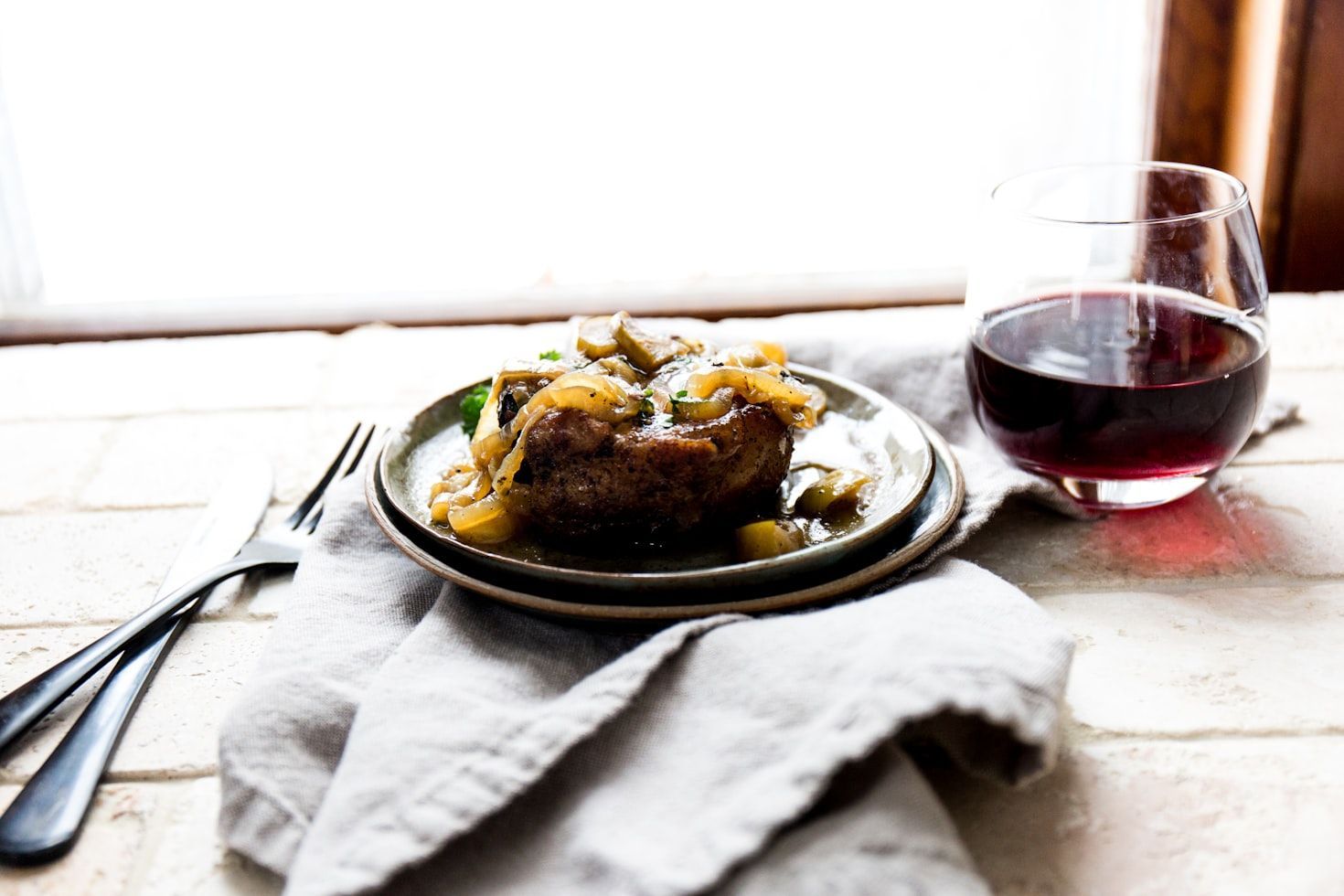
Coq Au Vin (France)
Always associated with high cuisine, the iconic coq au vin was featured by Julia Child in her breakthrough 1961 cookbook Mastering the Art of French Cooking. And she must have liked it because it was a recurrent dish on her PBS cooking show The French Chef.
This media exposure helped increase the visibility and popularity of the dish in the United States, and coq au vin was seen as one of Child’s signature dishes.
Image: Katherine Chase
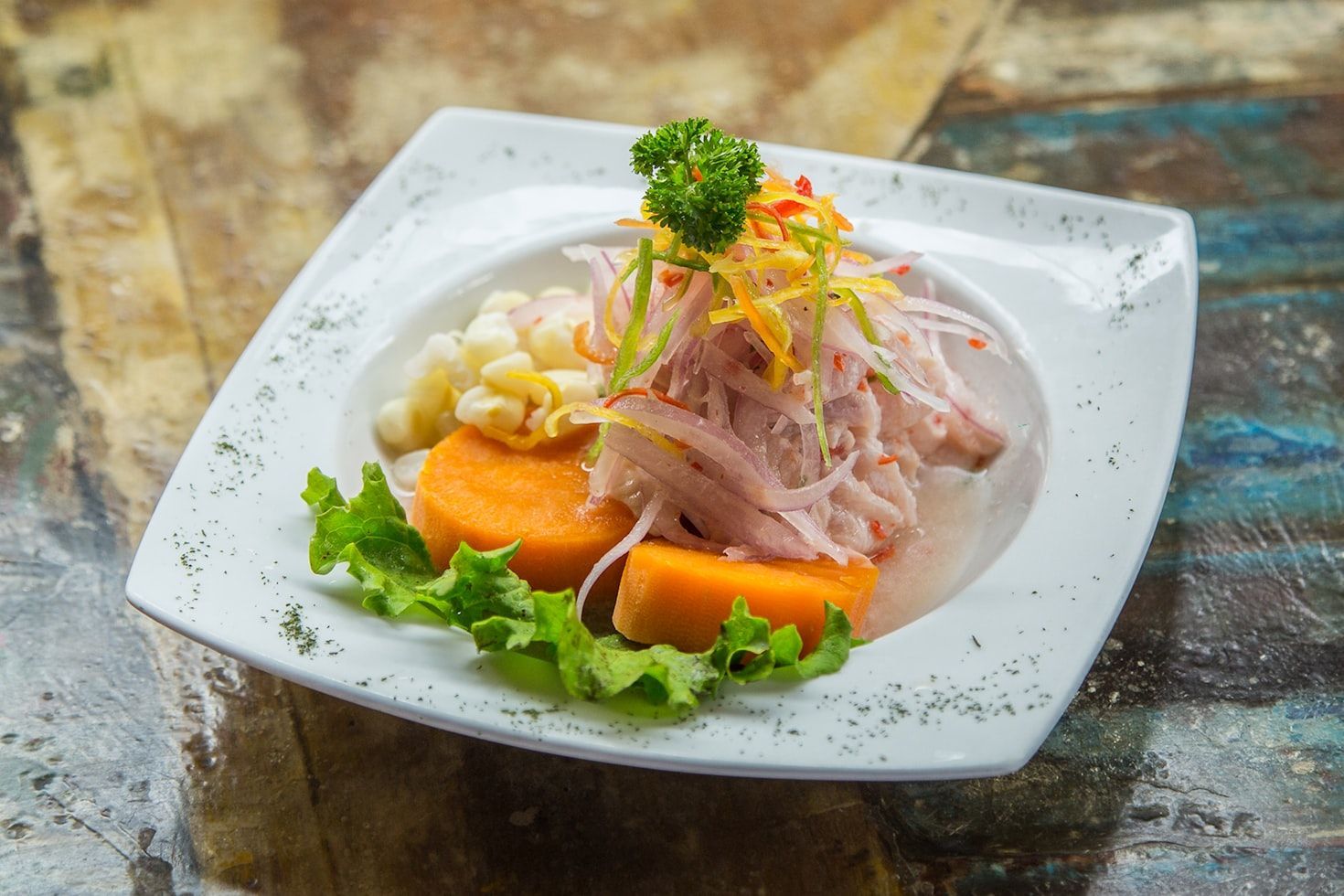
Ceviche (Peru)
Ceviche is a Peruvian seafood dish that made its way onto American plates in the 1980s when Caribbean flavors came from Florida. In its classic form iced cubes of raw fish, marinated in a lemon or lime juice mixture, react with the citrus juices to cure the fish protein and cause it to become opaque and firm while absorbing flavor.
The essential ingredients of any ceviche are raw fish, citrus juices, and seasonings. So, it could be said that, while not a deal-breaker, being a fish enthusiast will definitely help you enjoy this delicious meal.
Image: Pirata Studio Film
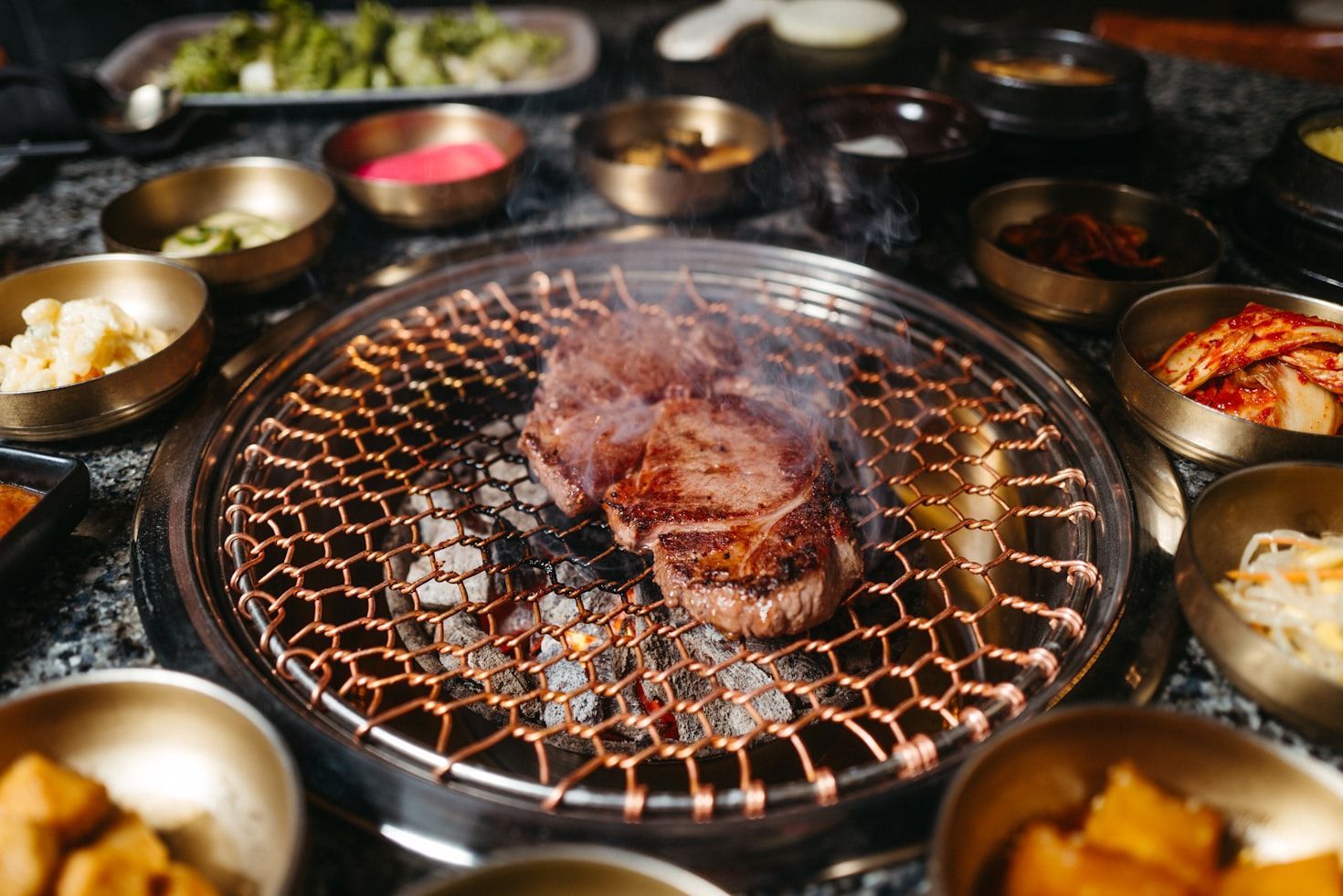
K-BBQ (Korea)
Korean BBQ as we know it today began to develop in the 1940s and 1950s, following the Korean War when the US military introduced new grilling techniques and equipment to Korean food culture. In the following decades, Korean BBQ spread throughout Korea and eventually around the world.
During the past decades, Korean BBQ went from being something consumed by Korean immigrants and their descendants exclusively to something that can be found and is beloved in nearly all American cities.
Image: Daniel Lee
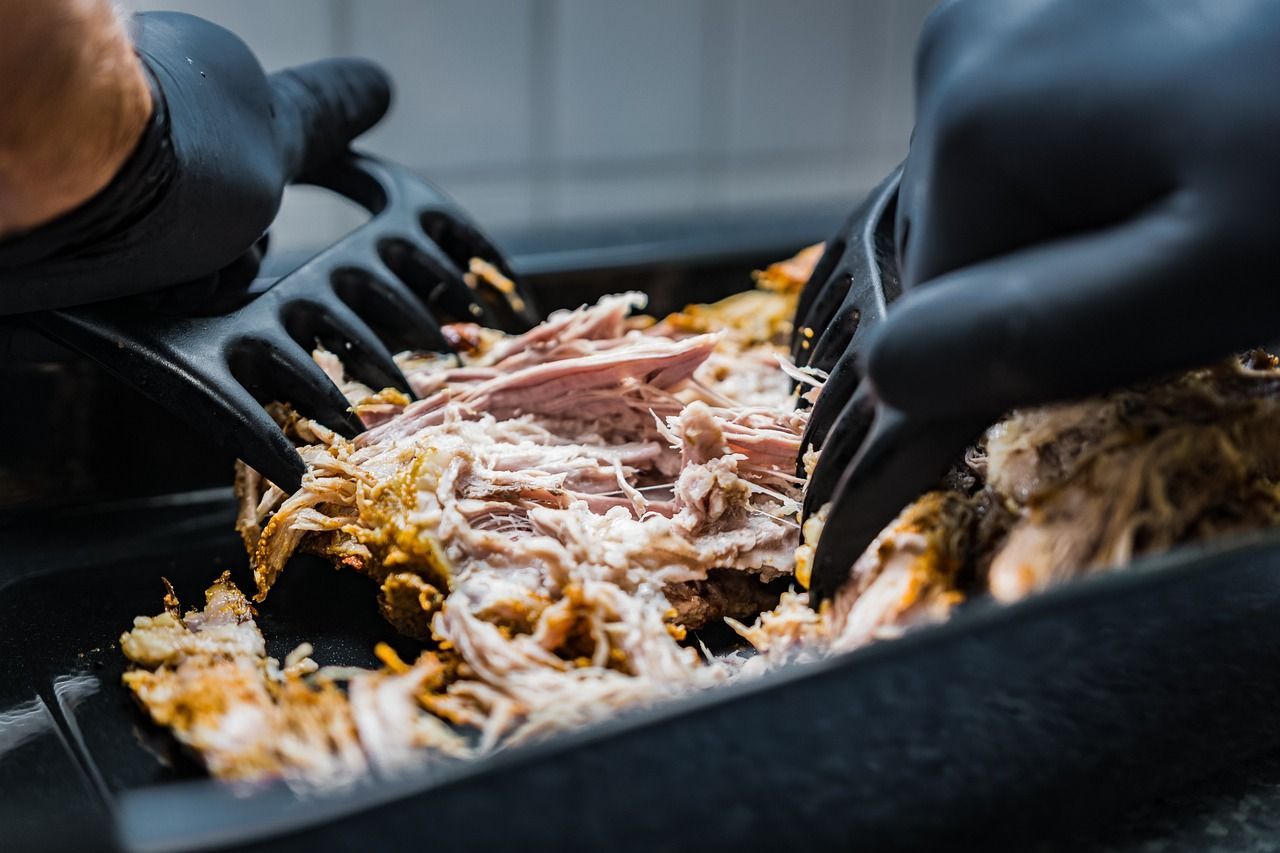
Ropa Vieja (Spain)
A strange name for such a tasty meal, Ropa Vieja is Spanish for "old clothes". The origin of the name comes from the legend of a poor man who shredded his clothes to feed his family, magically transforming the rags into a slice of beef and vegetables. Legends aside, this is a delicious meal that became famous in Cuba but can be traced back to Spain.
Cooking the meat is a labor-intensive process, but it’s very rewarding when done right. The dish is made the night before so the juices really seep into the beef, giving it an amazing flavor and texture. Ropa Vieja made its way through Florida and into the country.
Image: Medamedia





